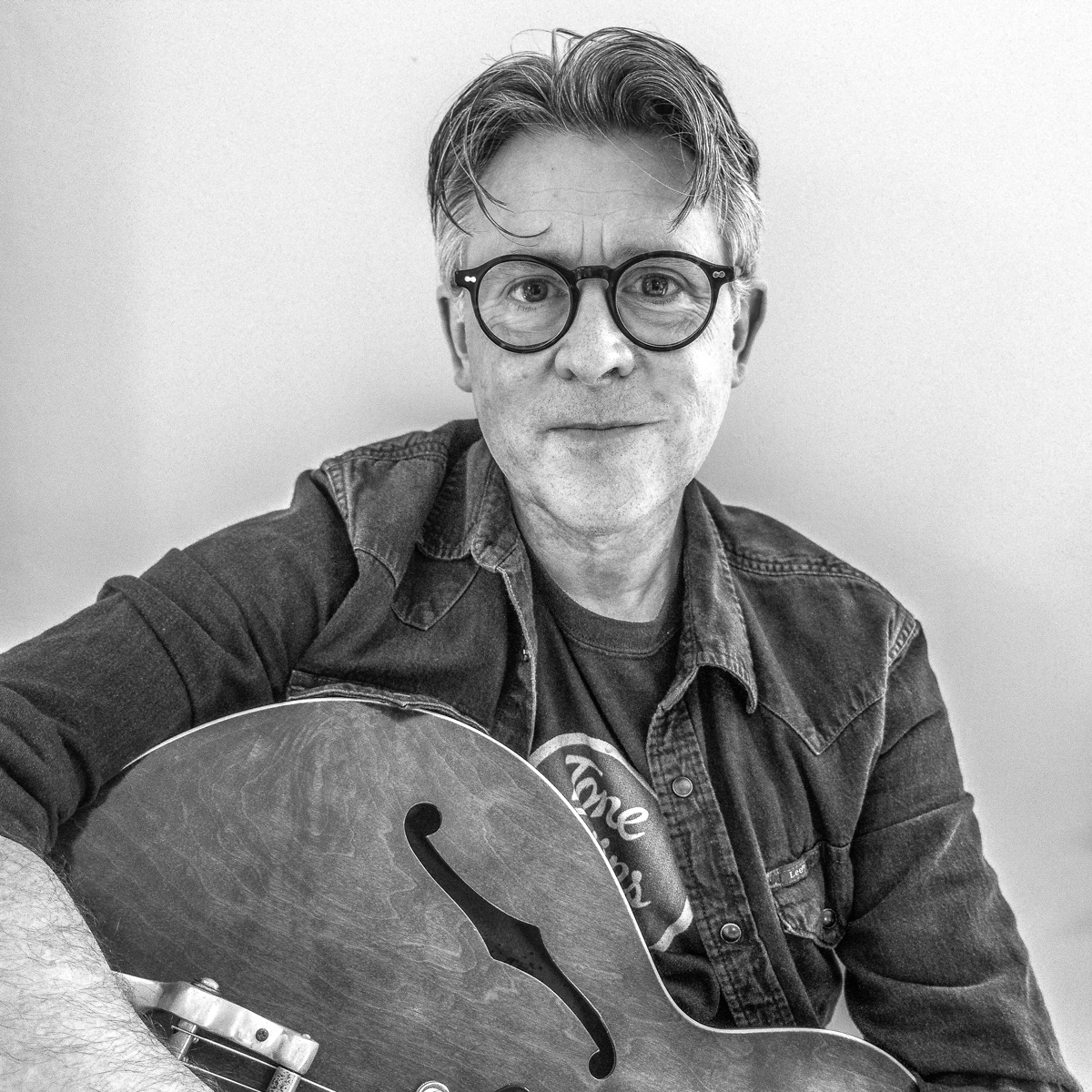“Leo Kottke used this guitar and described it as ‘the best‑sounding New Yorker I’ve personally played’”: This 1942 New Yorker proves why D’Angelico’s acoustic archtops are widely regarded as the peak of Jazz Age lutherie
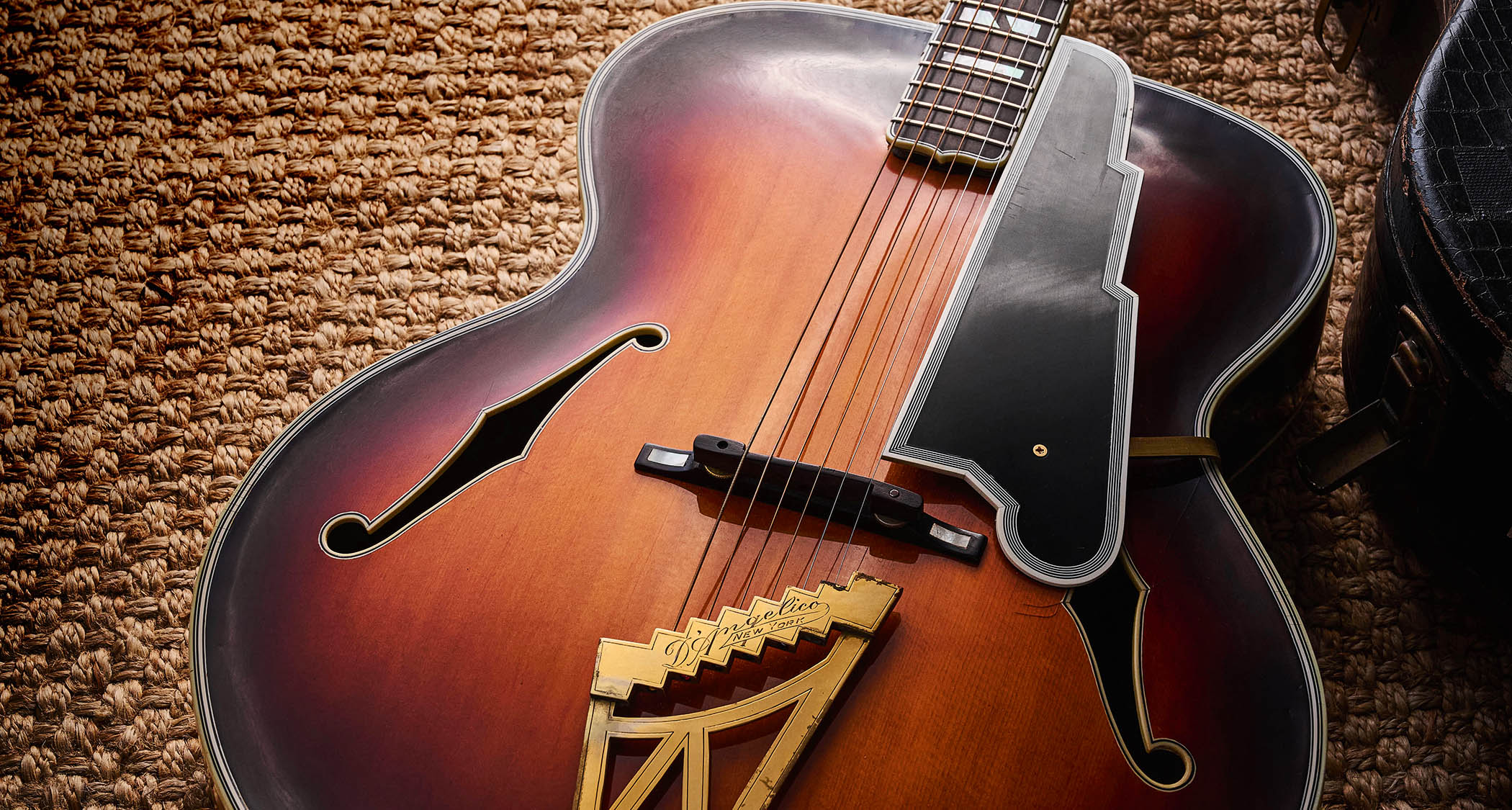
D’Angelico guitars have always been rare beasts. John D’Angelico and his various apprentices completed approximately 30 guitars per year between 1932 and his death in 1964. From company ledgers, it’s estimated that around 1,164 guitars were built, with approximately 300 of those being D’Angelico’s New Yorker model.
D’Angelico mostly built guitars to order, and this example from auctioneer Gardiner Houlgate is no exception. Originally commissioned by a jazz guitarist called Connie Wainwright, the New Yorker was collected from D’Angelico’s workshop on 26 December 1942. Wainwright was a professional player who was described by his bandmate Cliff Smalls as “a little, short fellow”.
Consequently, Wainwright must have found the New Yorker’s 18-inch-wide body a bit of an armful when he was playing in the Earl Hines Big Band. Throughout the 1940s and 1950s he performed and recorded with Billy Eckstine, Sarah Vaughan, Miles Davis, Art Blakey, Hoagy Carmichael and others.
Connie Wainwright is credited as the guitarist on Miles Davis’ Boppin’ The Blues album – and although it can’t be proved, it’s quite possible that this New Yorker would have been used on the 1946 recording session.
Like so many special guitars, this New Yorker has led multiple lives. Sometime during the early 1970s it came into the possession of Leo Kottke, who wrote a note that’s still with the guitar. In it he details the projects it was used on, including his 1975 album, Chewing Pine, and describes it as “the best-sounding New Yorker I’ve personally played”.
The specs are fairly standard for a D’Angelico New Yorker, with an X-braced top carved from straight-grained spruce, and beautifully figured maple used for the back and sides. A stunning sunburst finish graces the front and back while enhancing the grain, and multi-ply binding surrounds the body.
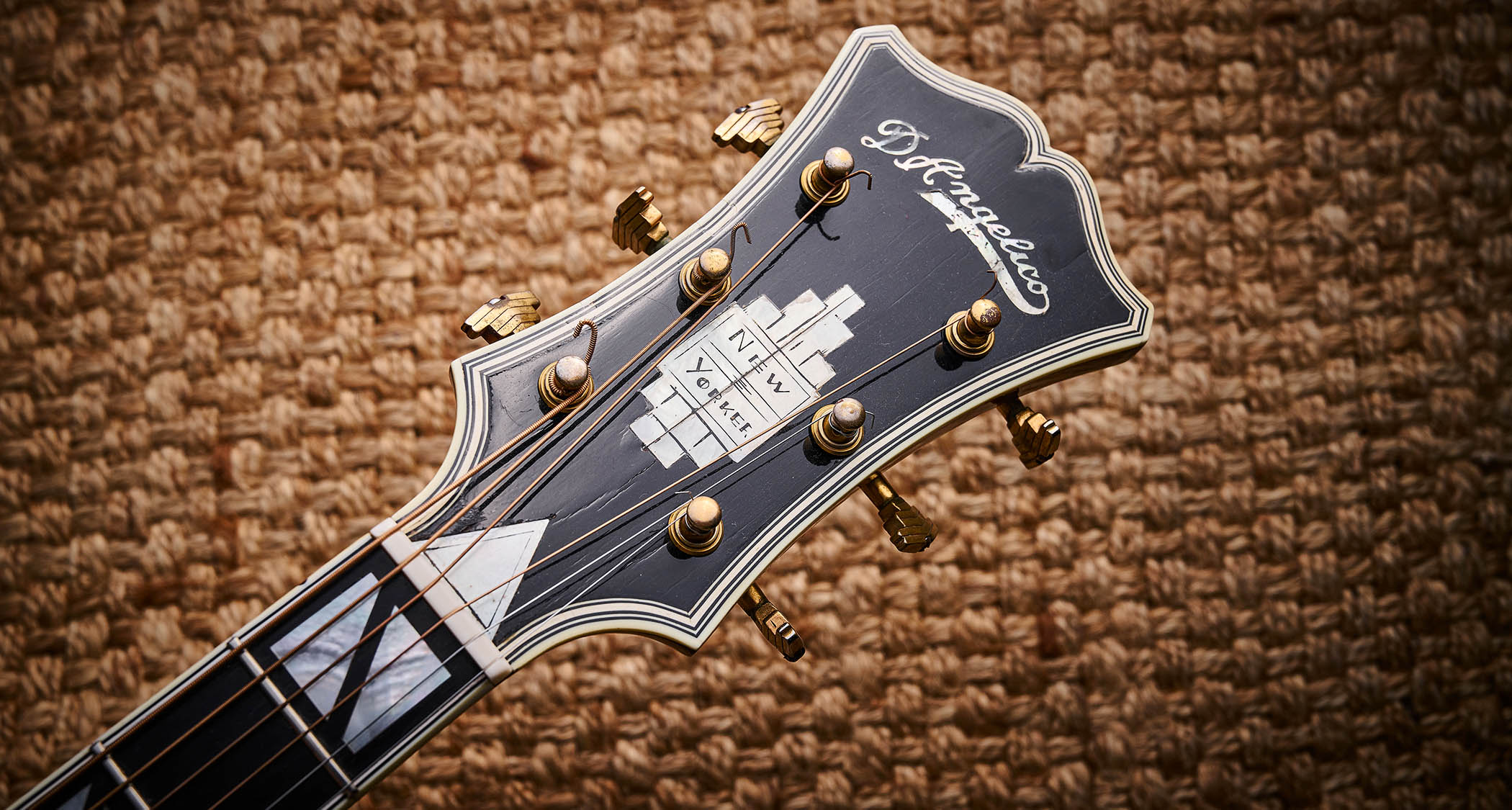
The neck is carved from a single piece of figured maple, and the finish shading is applied to the heel and headstock. The headstock design isn’t as extravagant as some D’Angelicos, but it’s crisply carved, especially around the volute area, and retains the original gold-plated Grover Imperial tuners with ‘stairstep’ keys.
All the latest guitar news, interviews, lessons, reviews, deals and more, direct to your inbox!
The peghead face has a jet black ebony veneer with more multi-ply binding, which allows the inlaid pearl logo and ‘skyscraper’ motif to pop. A triangular piece of pearl sits above the nut, and more pearl blocks with alternating single and double cutouts are inlaid into a bound ebony fretboard that culminates in a ‘widow’s peak’.
Although slightly tarnished, the original tailpiece survives, along with the original pickguard and what is assumed to be the original case with its ‘gator skin’ exterior. It’s taped up in some places and has a replacement handle. Luke Hobbs from Gardiner Houlgate auction house collated more information about the guitar and was able to flesh out the story.
Timelines
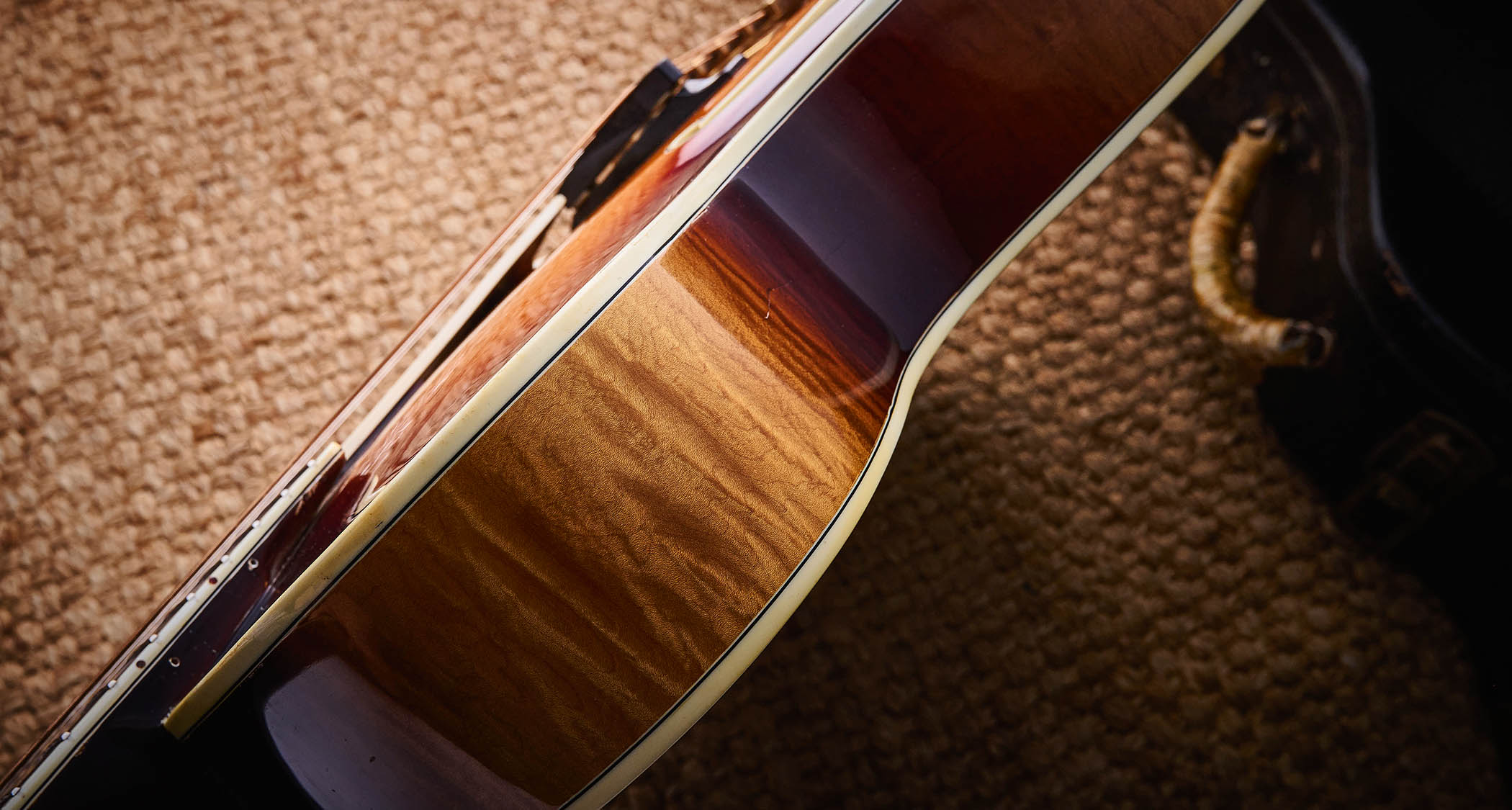
“Gruhn Guitars in Nashville had this guitar in 2019,” Luke tells us, “and Gruhn’s letter of appraisal, which was included in the sale, states that ‘the fingerboard of this guitar has been professionally refretted by Gruhn Guitars.
“Upon examination this guitar appears structurally to be in excellent condition. The neck and body have been professionally refinished. In other respects, this instrument conforms to the typical specifications for the model of this period.’
“From there, the guitar was sold to a collector in The Netherlands who had some more refinishing work done on it,” Luke continues.
“We believe it may have been dropped and suffered a bash on its end. It was nothing too concerning, but it did cause some aesthetic issues, with finish cracks around the tailpiece. Now, the finish looks very vibrant and fresh, but it has been done so sympathetically that you may not realise it has been refinished unless you read Gruhn’s description.
“Although the damaged area had already been repaired and there were no structural problems, the Dutch collector’s additional spray work was only done to make the guitar more aesthetically pleasing. This was handled by a well-respected luthier over there called Frans Elferink. He corrected some small cracks near the tailpiece and the area around the strap button.
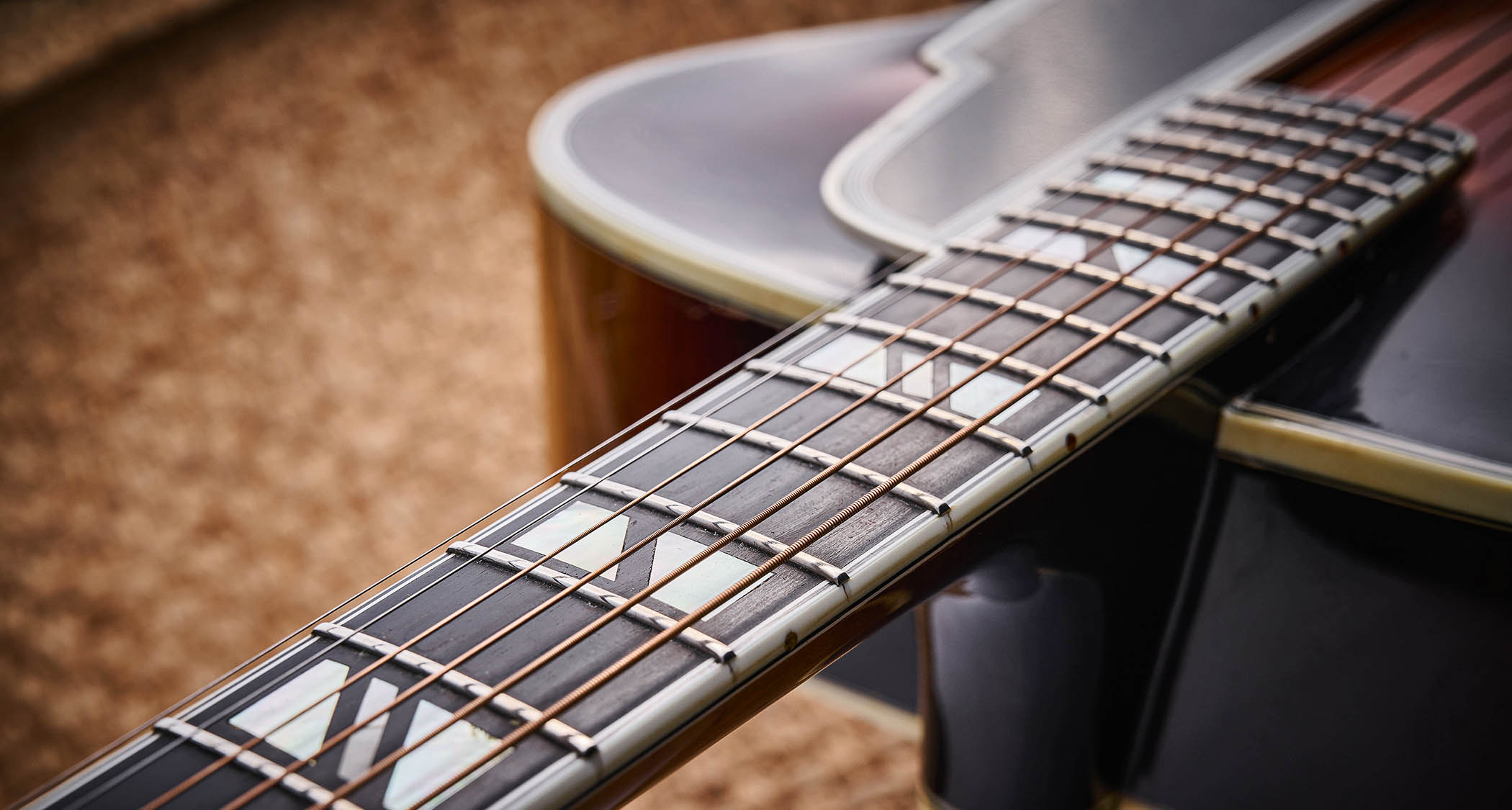
“There was a visible crack on one of the sides in the waist, which is stable and glued from the inside. Other than that, it’s just a good, honest guitar with accompanying history that tracks back to Connie Wainwright in the official logs.
“Leo Kottke acquired it from a well-known dealer called Fred Walecki, and he used the guitar on his album Chewing Pine and other recordings. We haven’t been able to determine if he sold the guitar through Gruhn’s or whether he had already sold it on to somebody else.
“The vendor, who auctioned the guitar through Gardiner Houlgate, got it from the Dutch collector. He’s a collector of jazz guitars, and it’s that familiar story where guitars like this can’t remain in the same hands forever and he decided it was time to move it on, rather than leave it to be someone else’s problem somewhere down the line. He enjoyed it for years and it was the crown jewel in his collection.
Sometimes a refinish can really deaden the sound of guitars but this New Yorker sounds as big and open as you would hope and expect
“It’s a great player with a wonderful action. Sometimes a refinish can really deaden the sound of guitars – and I’ve found that’s particularly true of vintage archtops – but this New Yorker sounds as big and open as you would hope and expect.
“The neck profile is actually quite small, and some might prefer it to be a bit deeper, but if Connie Wainwright was a smaller guy, maybe he specified a slimmer neck when he ordered the guitar. The most remarkable thing is that the neck doesn’t have a truss rod.
Instead, John D’Angelico was known to use a rolled steel reinforcement bar set into the neck. Despite being such a slim, non-laminated neck, the neck relief is perfect and vintage D’Angelico necks are renowned for their stability,” Luke concludes.
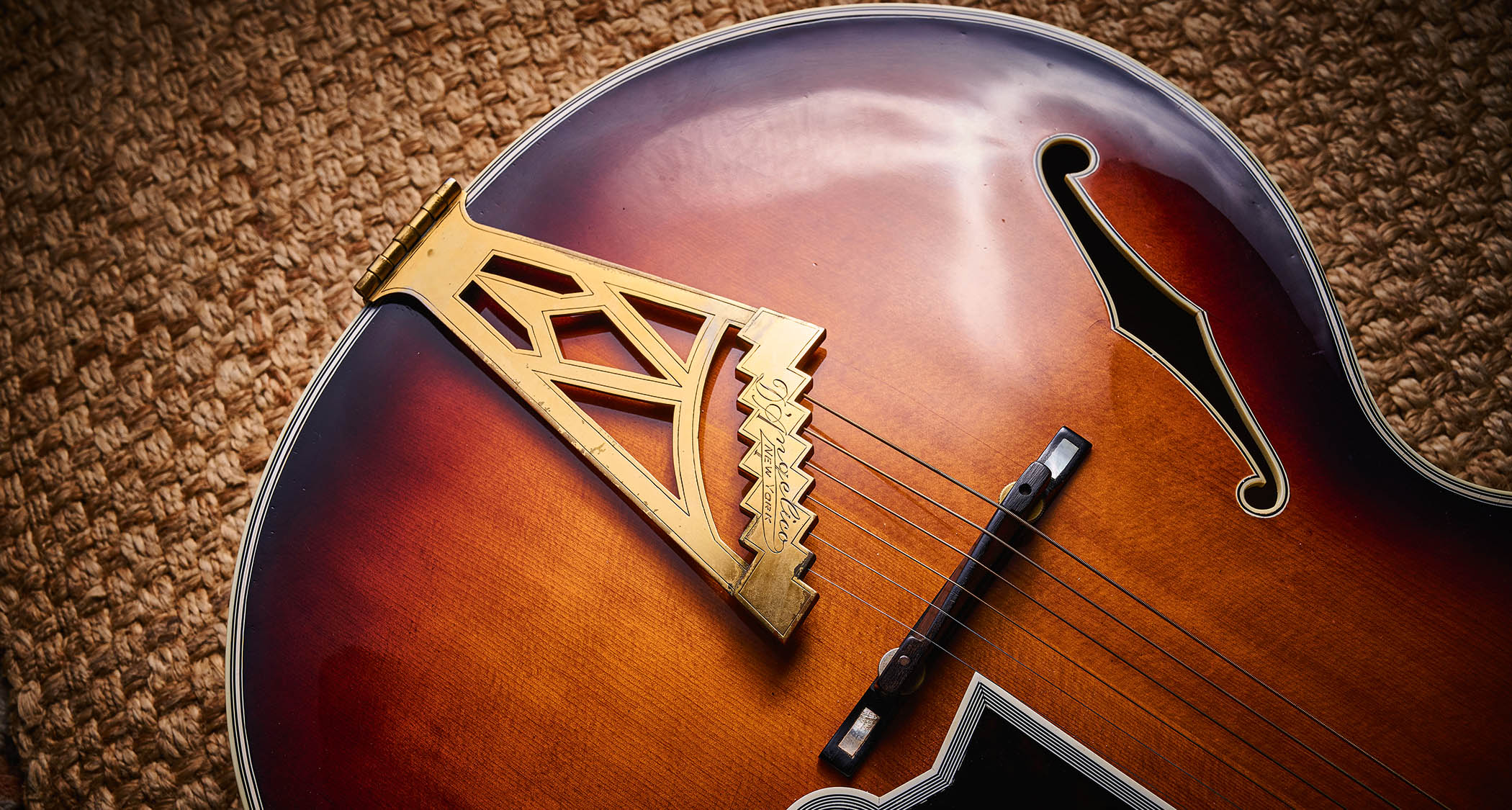
Arch Rivals
By rights, hand-crafted archtop guitars from the top luthiers of the jazz era should be the most valuable vintage guitars of all. Consider the extraordinary skill levels needed to build them, with each top and back shaped and thicknessed to perfection using planes and scrapers, and then fine-tuned for optimal tone and structural integrity.
Next, factor in the hours that were surely put into these guitars, along with the fabulous quality of the timbers and the intricacy of the pearl inlays – and added to that, there’s the extreme rarity.
In many ways, archtop construction is more closely related to orchestral string instruments such as violins, violas and cellos than Spanish or American flat-top guitars. In fact, John D’Angelico started his working life in 1914 in the workshop of his great uncle Raphael Ciani, who specialised in mandolins and violins as well as guitars.
As with instruments of the fiddle family, it can take decades for an acoustic archtop guitar’s voice to develop and mature. It’s even possible that some 1930s and 40s archtops are only now reaching their peak, or even continuing to improve. So, why is it that they don’t command ‘Blackguard’ or ’Burst money?
Sometimes professional skills and traditions that have been developed over decades or even centuries reach a point where they are no longer needed; new technology comes along that renders them obsolete or offers acceptable alternatives at a lower price. A handful of dedicated craftspeople may continue to serve a dwindling number of customers or enthusiasts, but the glory days are over.
Subsequently, there’s no great demand for bow makers or fencing masters these days. Similarly, sound engineers no longer need to learn how to maintain and align tape machines, and the practical necessity for loud archtop acoustics no longer applies.
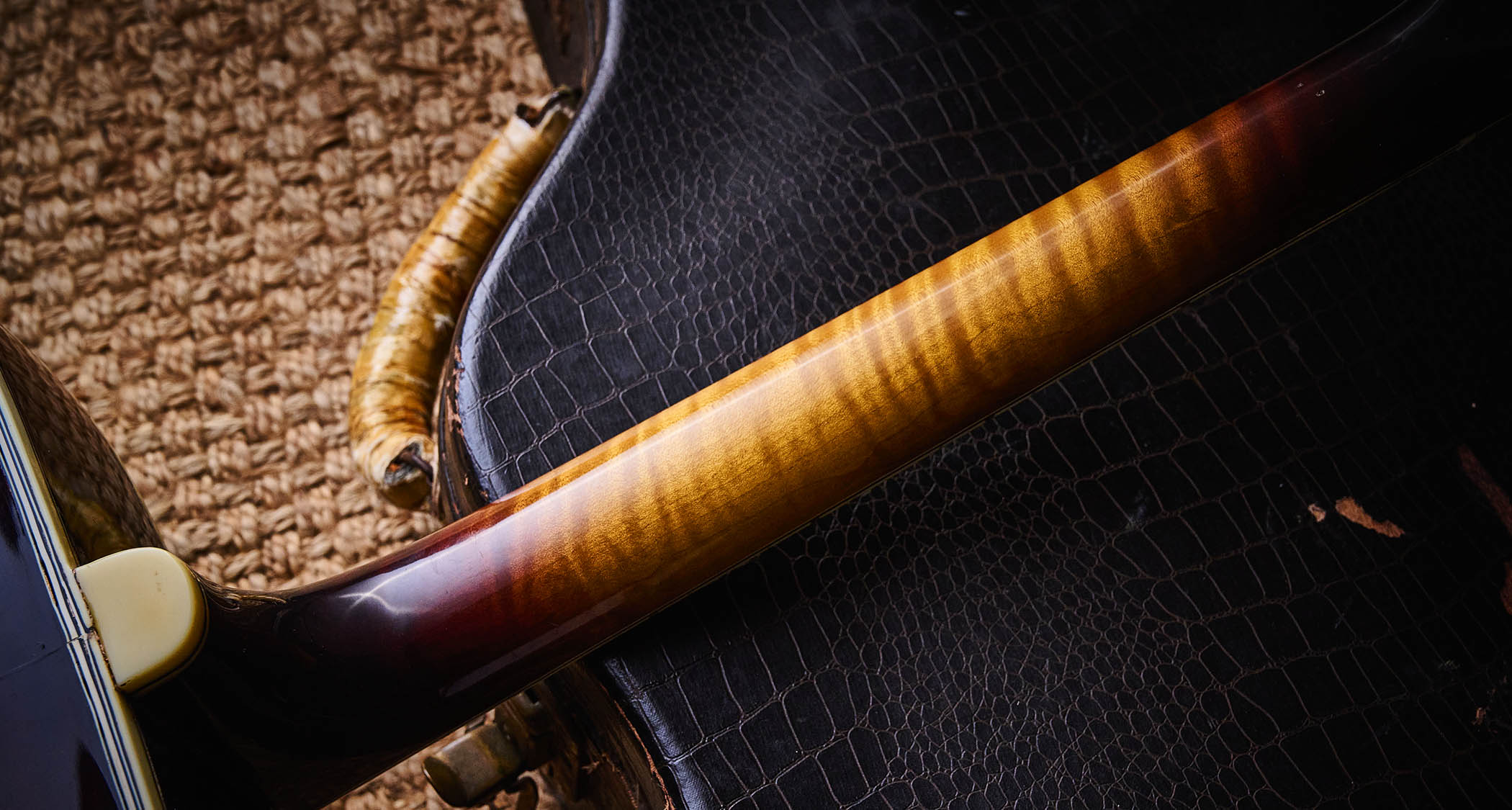
Simply put, they were designed for guitarists to get themselves heard when playing in big bands at a time when the guitar was strictly consigned to rhythm duties.
Our friend David Davidson at Well Strung Guitars has often lamented the fact that, these days, very few guitarists develop a playing technique or repertoire of chops that can get the most out of large acoustic archtops
They had to be played hard to achieve the necessary projection, and guitar solos were just a glint in Charlie Christian’s eye because they couldn’t generate single notes that were loud enough. Pickups and amplifiers changed everything because electrification allowed guitarists to cut through with minimal physical effort and even begin playing solos like the horn players.
Our friend David Davidson at Well Strung Guitars is keenly aware of this and has often lamented the fact that, these days, very few guitarists develop a playing technique or repertoire of chops that can get the most out of large acoustic archtops.
And so the hammer fell at £15,000 when this iconic guitar was auctioned in December 2024 – hardly chump change but closer to what you might expect to pay for a refinished pre-CBS Strat these days and way below the market values of pre-war Martin dreads and OMs. For a rare, iconic example of jazz age American lutherie, some may consider that a bargain.
- This article first appeared in Guitarist. Subscribe and save.
Huw started out in recording studios, working as a sound engineer and producer for David Bowie, Primal Scream, Ian Dury, Fad Gadget, My Bloody Valentine, Cardinal Black and many others. His book, Recording Guitar & Bass, was published in 2002 and a freelance career in journalism soon followed. He has written reviews, interviews, workshop and technical articles for Guitarist, Guitar Magazine, Guitar Player, Acoustic Magazine, Guitar Buyer and Music Tech. He has also contributed to several books, including The Tube Amp Book by Aspen Pittman. Huw builds and maintains guitars and amplifiers for clients, and specializes in vintage restoration. He provides consultancy services for equipment manufacturers and can, occasionally, be lured back into the studio.
You must confirm your public display name before commenting
Please logout and then login again, you will then be prompted to enter your display name.

